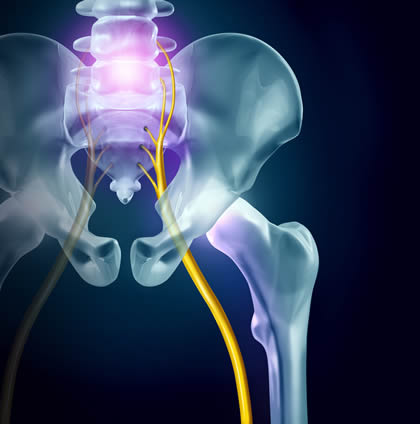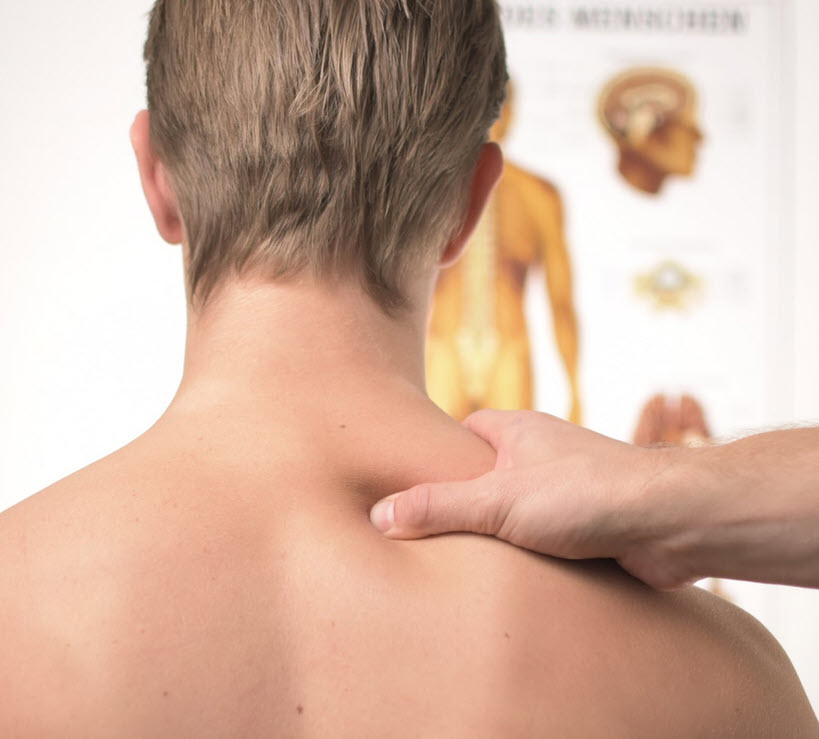

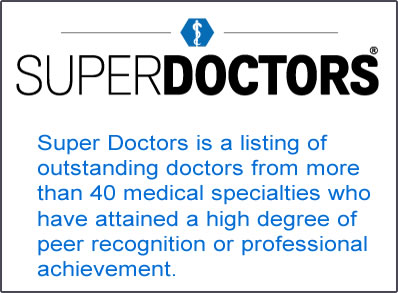
Congratulation Dr. Fischer!
Dr. Fischer was named to SuperDoctors 2018 Rising Stars for orthopedics.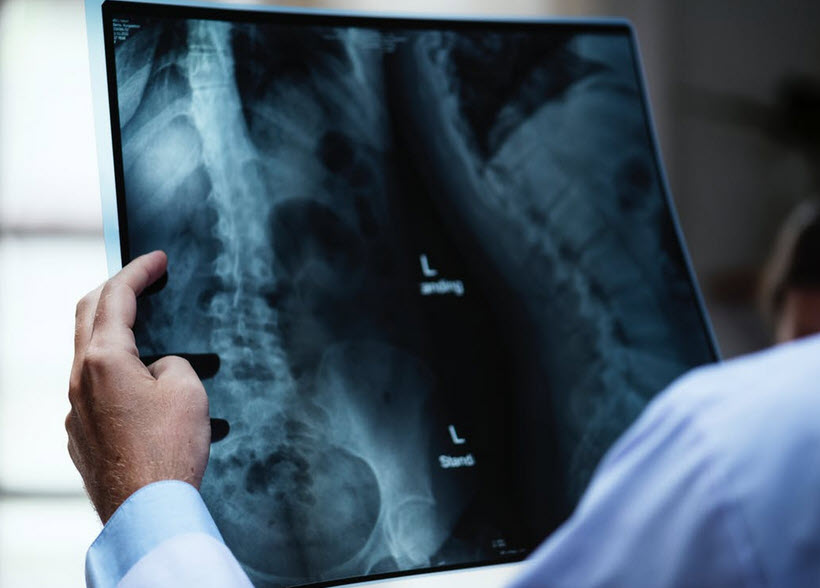
Minimally Invasive Spine Surgery
Experts in the medical field are constantly researching and designing ways to improve upon methods used to give patients the best care possible. This is evident in the area of spine surgery, where professionals have developed the technique of minimally invasive spine...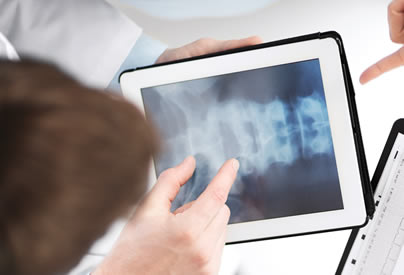
What is a Herniated Disc?
You’ve probably heard of a slipped disc, or maybe a ruptured disc, that causes terrible back pain. The technical name for this injury is a herniated disc. Inside each of the discs that separate the vertebrae along your spine is an inner core called the nucleus...